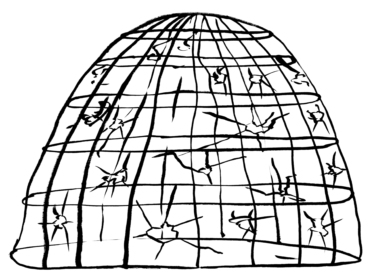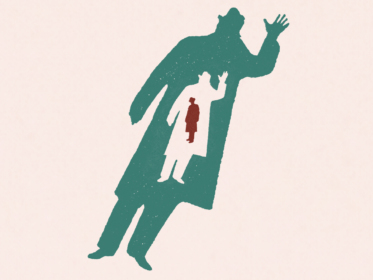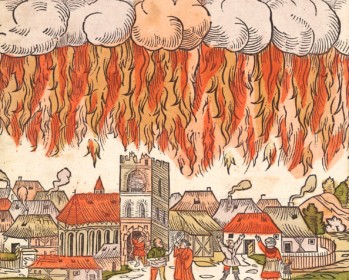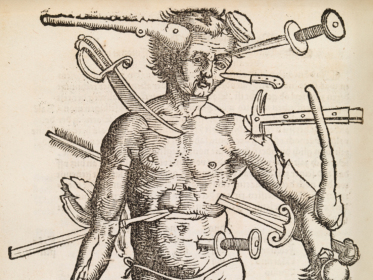The Dammbruch Means Continuity
Translated by Sanders Isaac Bernstein
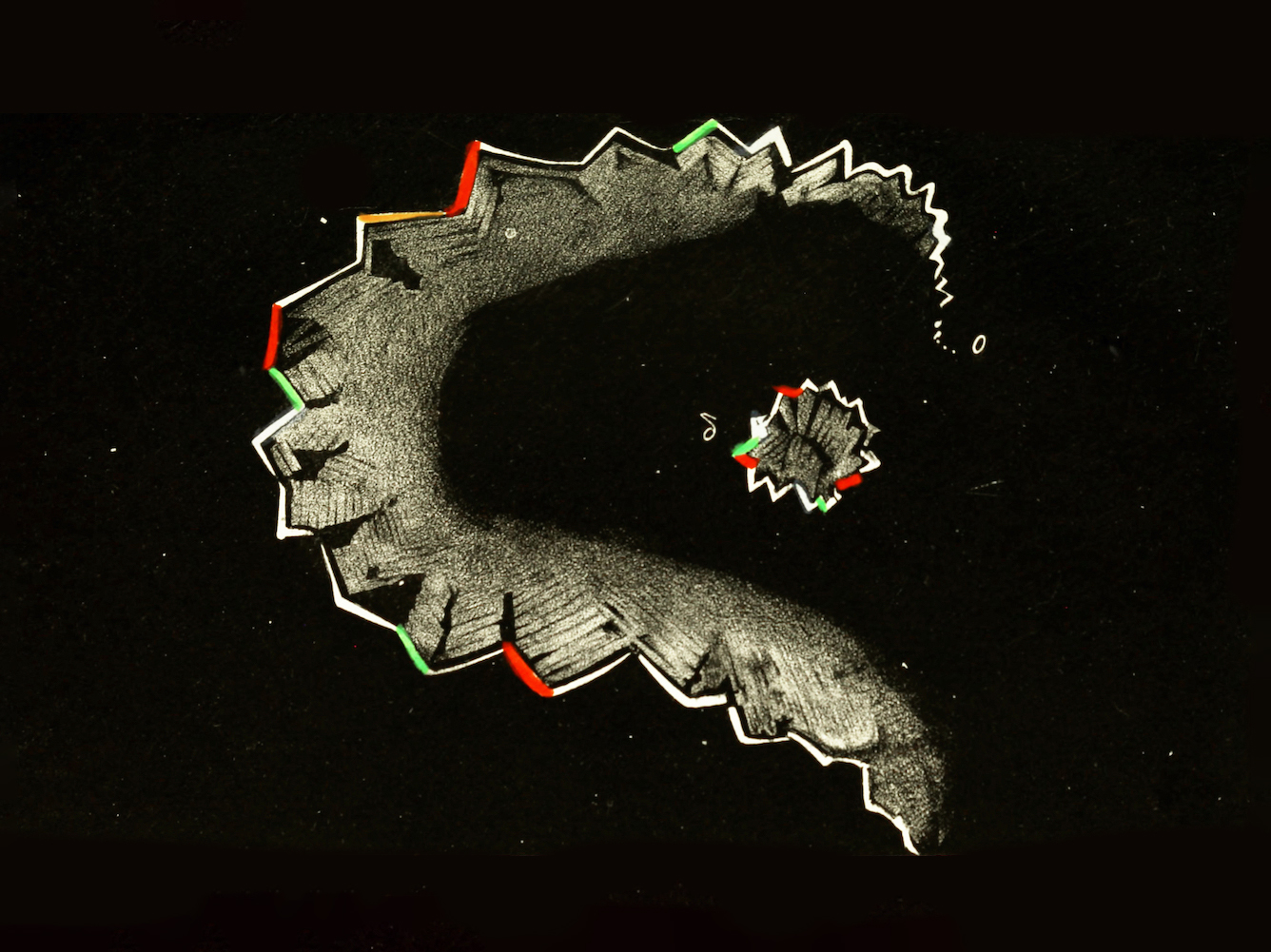
Another Dammbruch, another “dam breach.” Another round of outrage, protests, warnings from voices in politics and society. Another round of warnings about a Rechtsruck, a “shift toward the right.” However, anyone who has closely followed German politics for the last few decades knows that nothing shudders and snaps out of nowhere. The Dammbruch is only a continuation of what was put into motion long ago.
A Rechtsruck implies an abrupt, unexpected turn — as if Germany’s political landscape suddenly tipped toward the right. This conception obscures the deep-rooted continuity that winds through the political culture of the Federal Republic of Germany. What today is discussed as a “breaking of taboo” has a long historical shadow.
The ongoing debate on immigration began as far back as the early 1960s. In the 1980s and 1990s, it was the center-right that conjured up threatening scenarios of “masses of refugees” and of a loss of control. The ensuing debate led to the so-called “asylum compromise” in 1992 with votes from the Christian Democratic Union (CDU), the Free Democratic Party (FDP), and the Social Democratic Party (SPD). In the “Baseballschlägerjahre,” or “baseball bat years,” the tightening of immigration law was accompanied by a surge of right-wing violence. The 1992 racist riots in Rostock-Lichtenhagen in front of an apartment block occupied by former Vietnamese contract workers and the 1993 arson attack in Solingen, which claimed the lives of five people with a Turkish background, are particularly memorable.
And no one seems to talk about the “dam breach” of 2020 anymore, when the FDP’s Thomas Kemmerich was elected minister-president of Thuringia with votes from the CDU and the Alternative for Germany (AfD), in order to prevent the reelection of incumbent left-wing minister-president Bodo Ramelow.
Rightwing smear tactics have never been off-limits in an election. In his 1999 campaign for minister-president of Hesse, the CDU’s Roland Koch campaigned against dual citizenship and fuelled resentment against people of migrant backgrounds — with success. The CDU won the vote. His party colleague Jürgen Rüttgers followed in his footsteps shortly thereafter in North Rhine-Westphalia. “Kinder statt Inder” (“Children instead of Indians”) was the racist slogan he used to agitate against immigration from foreign countries. And no one seems to talk about the “dam breach” of 2020 anymore, when the FDP’s Thomas Kemmerich was elected minister-president of Thuringia with votes from the CDU and the Alternative for Germany (AfD), in order to prevent the reelection of incumbent leftist minister-president Bodo Ramelow.
The AfD did not appear out of thin air either. Surveys indicated long before its formation in 2013 that a party to the right of the CDU had the possibility of reaching double digits electorally. The AfD is just the first party in decades to have succeeded in tapping into this potential.
The media and politics in Germany have made it easy for the AfD to consolidate its support. A key factor has been the way how liberal journalism responds to far-right rhetoric: with appeasement, downplaying and routine trivialization. They only activate their opposition when their liberal ratios have been disturbed on an aesthetic level. At the same time, nativist talking points have been normalized by the media, which constructs realities and distorts the facts in the name of what is “newsworthy.” A telling example is the perennial issue of “clan criminality,” shorthand for organized crime among racialized communities, which statistically comprises one-thousandth of all crimes committed in Germany. A report by the media-analysis website Ubermedien revealed that on the prestigious, mainstream channel Spiegel TV, segments on “clan criminality” were broadcast on average every three months between 2013 and 2024. The segments demonstrate how topics such as security, religion, heritage, and migration are bound up with each other in the media and in discourse — and therefore serve the far-right’s essentializing narratives. Media ethics, responsibility, and the role of the “fourth estate” as an independent social control mechanism fade into the background.
Since at least 2015, right-wing actors have gladly seized the opportunity to present themselves as crisis experts and deliberately distort the level of threat.
The right’s influence on collective perception allows it to help determine what is normal and what is a massive security risk to Germany and the West. There is empirical evidence indicating that far-right actors are systematically introduced to the mainstream as “voices” of public debate in response to both Islamist and extreme-right attacks. Since at least 2015, right-wing actors have gladly seized the opportunity to present themselves as crisis experts and deliberately distort the level of threat. In this election cycle, AfD politicians have routinely and prominently been featured as guests on German talk shows. Islamist attacks — such as the 2024 attacks in Solingen and Mannheim and, more recently, the one in Munich — are instrumentalized to demonstrate a collective danger from an imagined group of Muslims, migrants, and refugees, while extreme-right terror is depoliticized and presented as a marginal phenomenon. However, the voices of the victims and individuals directly affected rarely have a say in the debate. The extent of the right’s dominance is evident in the framing of the attack committed by an AfD sympathizer and supporter of far-right conspiracy theories in Madgeburg in December 2024, whose motivation was hardly discussed — only his heritage (he was a Saudi asylum seeker).
The success of this framing exemplifies how the liberal center has participated in bringing about a vicious cycle of racialization of crime and criminalization of race. At the same time, systemic issues such as misogyny, homophobia, and antisemitism have been externalized, presented as problems of “the other,” or as a problem that has been “imported” from elsewhere.
The continual undermining of asylum rights; the tightening of criminal law; the legitimation, lying, and trivialization of police violence; social cuts and the ongoing advance of neoliberalism’s exploitative conditions — this responsibility also belongs to the parties of the supposedly progressive center.
The more liberal parties that are supposed to stand to the left of the CDU, like the SPD and the Greens, have also adopted reactionary right-wing talking points and initiatives relating to domestic security and identity, and in doing so have actively contributed to the destigmatization of right-wing politics. In some cases, they have even implemented these policies themselves. The continual undermining of asylum rights; the tightening of criminal law; the legitimation, denial, and trivialization of police violence; social cuts and the ongoing advance of neoliberalism’s exploitative conditions — this responsibility also belongs to the parties of the supposedly progressive center. Many of them, who today bemoan and protest the CDU’s Dammbruch and rightward shift, have either silently accepted or actively supported these developments over the years.
So it should be noted: today’s rage and warnings about the rise of the right, backsliding, and the return of fascism are self-deception, strategic calculation, and an attempt at political whitewashing. It is only a question of time until the liberal center, under the guise of democracy and progress, breaches the dam themselves.
